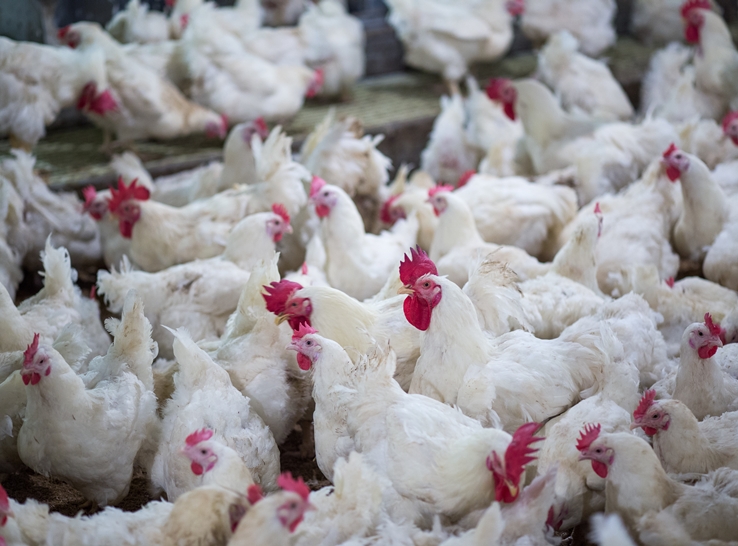
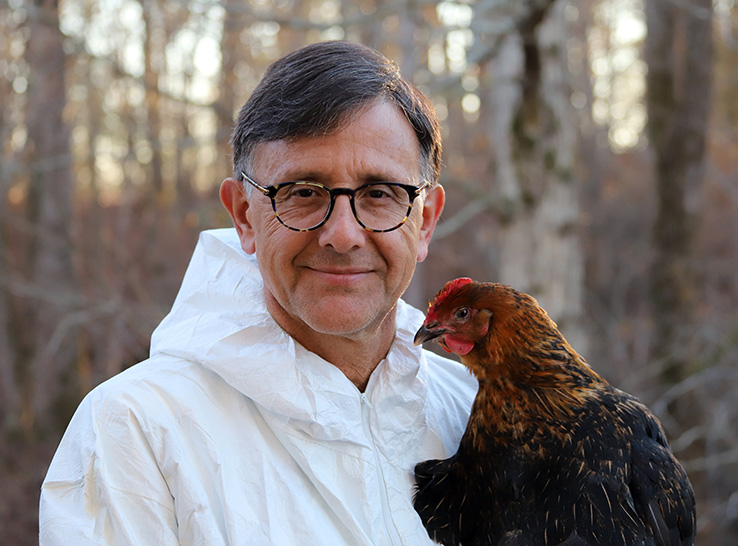
By Guillermo Zavala, DVM, MAM, PhD, Dipl ACPV
Avian Health International, LLC
Athens, Georgia

By Guillermo Zavala, DVM, MAM, PhD, Dipl ACPV
Avian Health International, LLC
Athens, Georgia
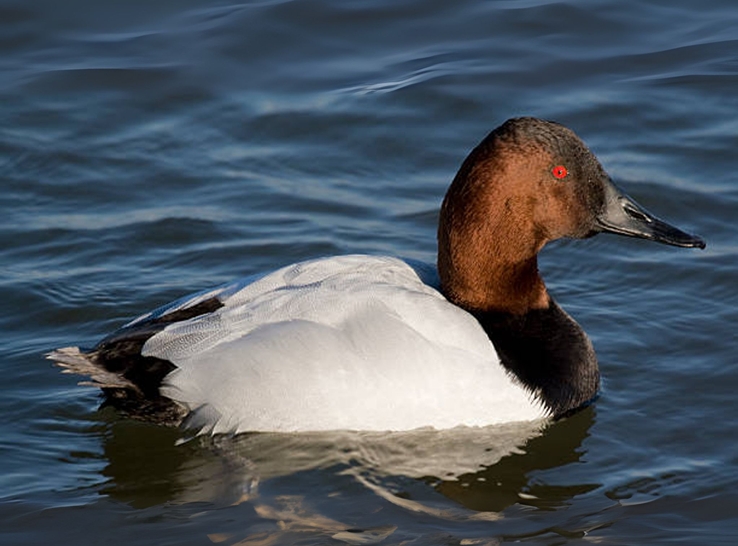
By Matthew J. Hardy, MSc
AgriNerds – Co-owner, Waterfowl Biologist and Co-director of Ecological Modeling
Chester County, Pennsylvania
[random-sponsor]
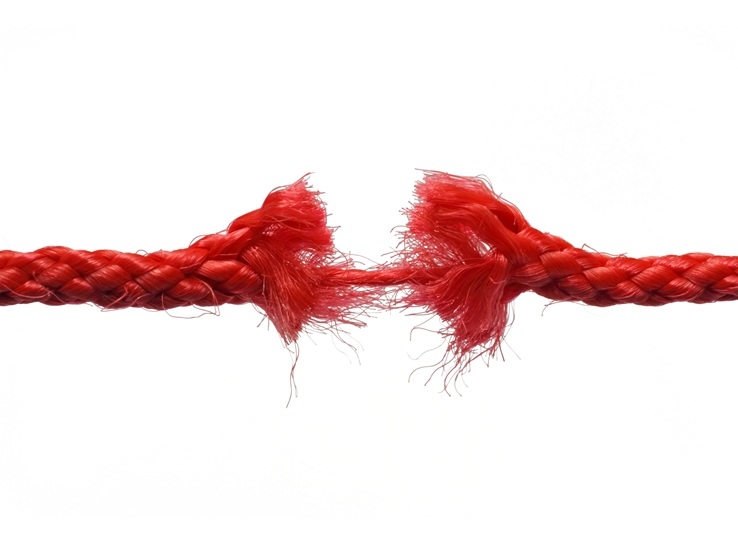
In the “Let’s Talk Turkey” episode of the Unplucked podcast produced by the Poultry Science Association, Carrie Cremers, DVM, manager of technical service and animal welfare at Jennie-O, discussed how the weight of ever-present HPAI has led to biosecurity burnout among workers.
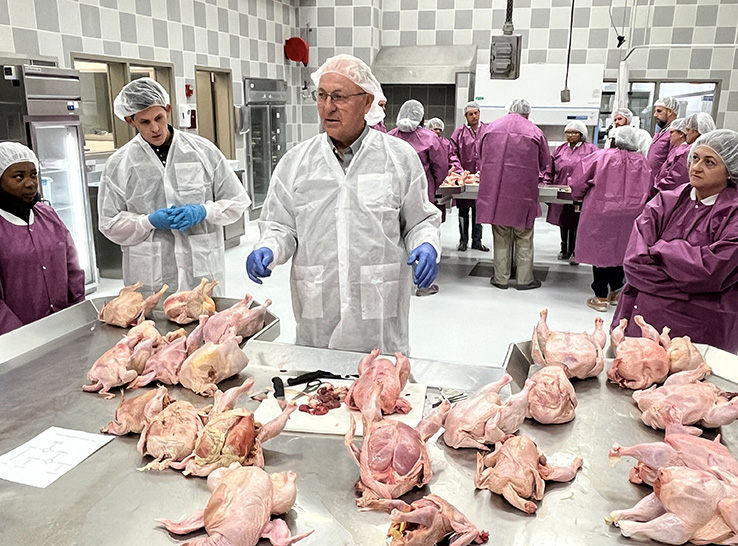
By Douglas L. Fulnechek, DVM
Senior public health veterinarian
GTS Health (formerly Gaydos Technical Services)
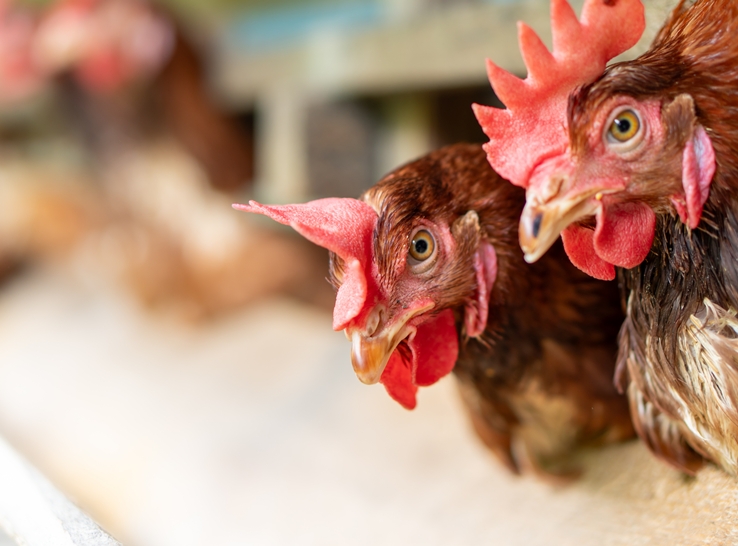
Campylobacter hepaticus has been identified as the causative agent in spotty liver disease, so when Roel Becerra, DVM, received a phone call from a producer that had free-range, antibiotic-free, brown layer hens with SLD, he and fellow investigators decided to study chlorine as a possible treatment.
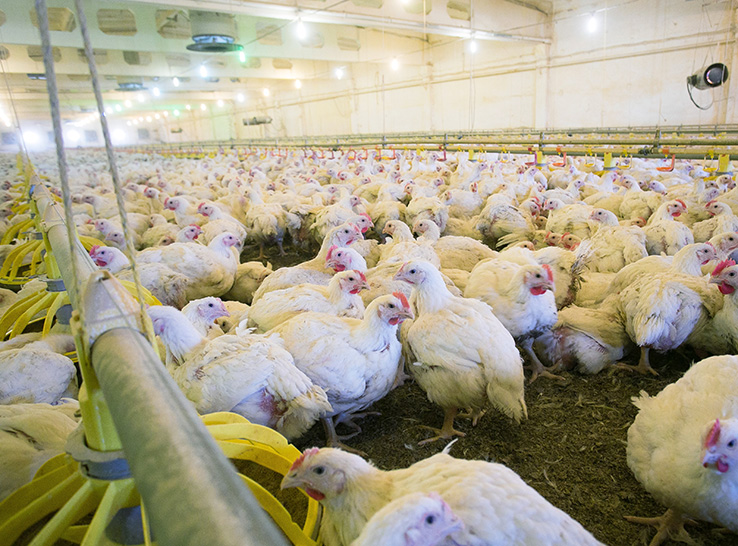
With a price tag of over $1 billion for indemnity payments, the current outbreak of highly pathogenic avian influenza (HPAI) is expensive. Is premise depopulation still the way to manage HPAI?

Proper litter management is a key factor in controlling Salmonella on the farm. Zac Williams, PhD, assistant professor of poultry management at the University of Arkansas, addressed this topic at the Delmarva Chicken Association’s 59th National Meeting on Poultry Health, Processing and Live Production.
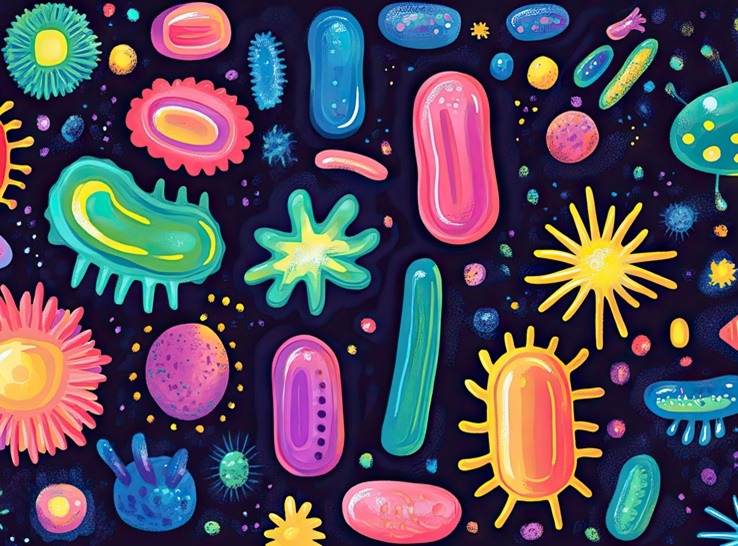
The microbiota found in the guts of chickens is responsible for more than the breakdown of food products. It also impacts immune response, the enteric nervous system and cell function. An imbalance can affect disease resistance, and heighten stress and fear responses.

Reducing dietary calcium concentrations in broiler diets can increase calcium and phosphorus digestibility, but deviating from recommended levels can come with costs, according to the results of an Auburn University study.
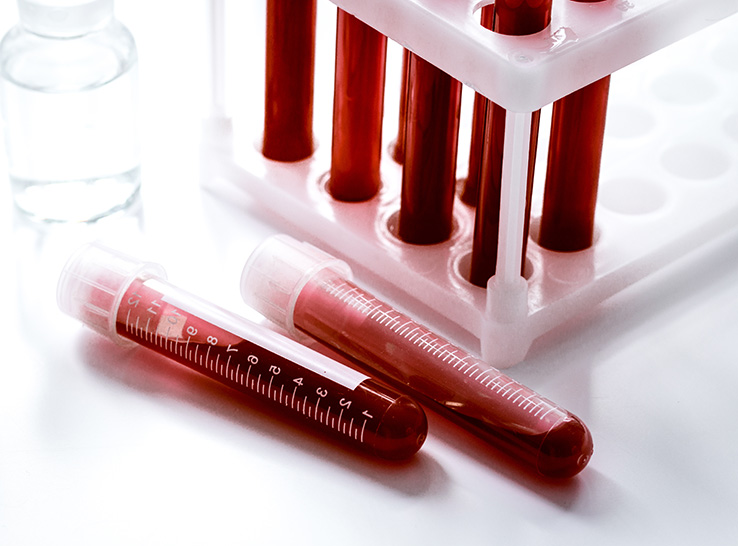
Cloacitis, or vent gleet, is chronic inflammation of a bird’s cloaca that can result in urate scalding, prolapse, weight loss, inactive ovaries and high mortality. Investigators looked at blood biomarkers to identify correlations to birds with cloacitis versus healthy birds.
Copyright ©Feeks Media LLC, 2025 | All rights reserved
info@modernpoultry.media
privacy policy | site map